Meet the team behind Harbor at KubeCon London 2025… Read on
Everything related to Containers, Docker and Kubernetes and their workflows, pipelines and best practices.

This tutorial demonstrates how to create an automated workflow for building a containerized Flask application. We will use GitHub Actions to run the workflow and 8gears Container Registry as our image repository.… Read on
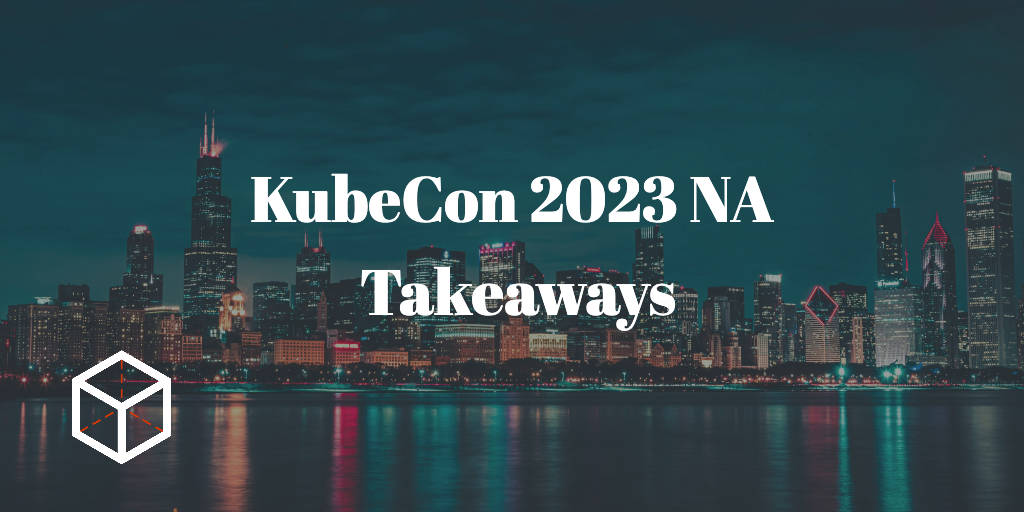
I took away some exciting insights from discussions and presentations at KubeCon 2023, the current hypes and long-term developments in the cloud-native landscape. During that week, I participated in two presentations and spent some time at the Harbor project booth speaking with Harbor users. Here are my takeaways from that intense week.… Read on

Even if you don’t have a team organization and what you can do about it. Docker Inc. continues on its course of eliminating free offerings: Now the "Docker Free Team" model has to take its turn. With the «Free Team Organizations» offering, it was possible to publish public container images for free in Docker Hub. Many open-source projects have taken advantage of the offer; however, the impact is affecting everyone.… Read on

Harbor 2.6 is about to land in the next days containing some long-awaited functionalities and two important deprecations. With over 150 enhancements and bug fixes, this release further improves stability and reliability. The deprecation hits Notary and ChartMuseum, which was used in Harbor to store Helm Chart Repositories.
… Read on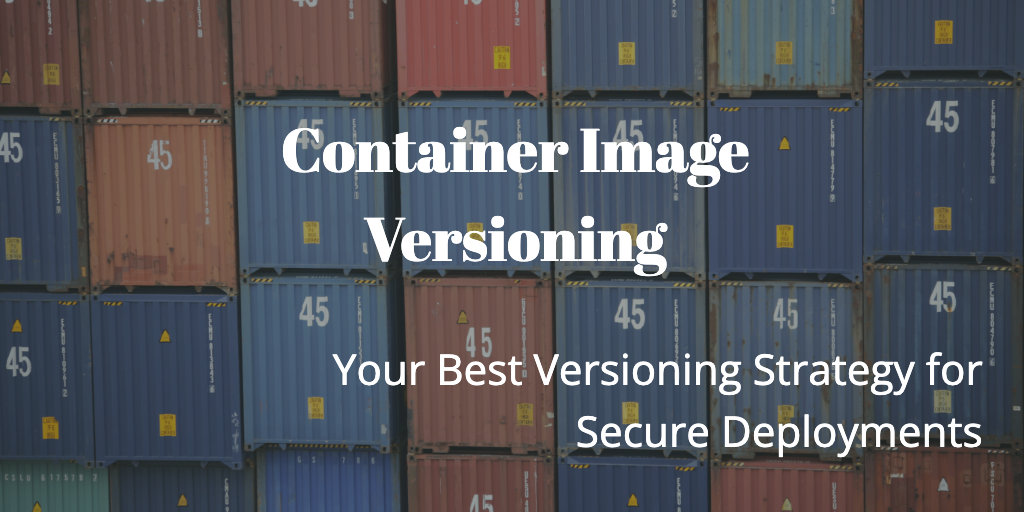
Containers have simplified how we develop and deploy software. The way in which container images are managed is a critical component of a smooth CI/CD process. Container Registries act as trusted intermediaries between development and runtime environments for containerized applications.
… Read on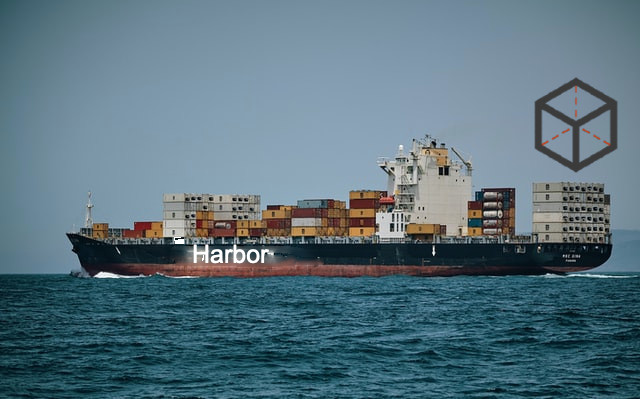
How to push and pull container image using our Harbor Container Registry a detailed step-by-step guide on working with container registries.… Read on

Harbor 2.2.0 was just released and comes with some very interesting features. This post walks you through the newly added features and changes explaining the capabilities. Since the last release of v2.1.0 in September 2020, eleven contributors made 41 changes and resolved 189 issues.
… Read on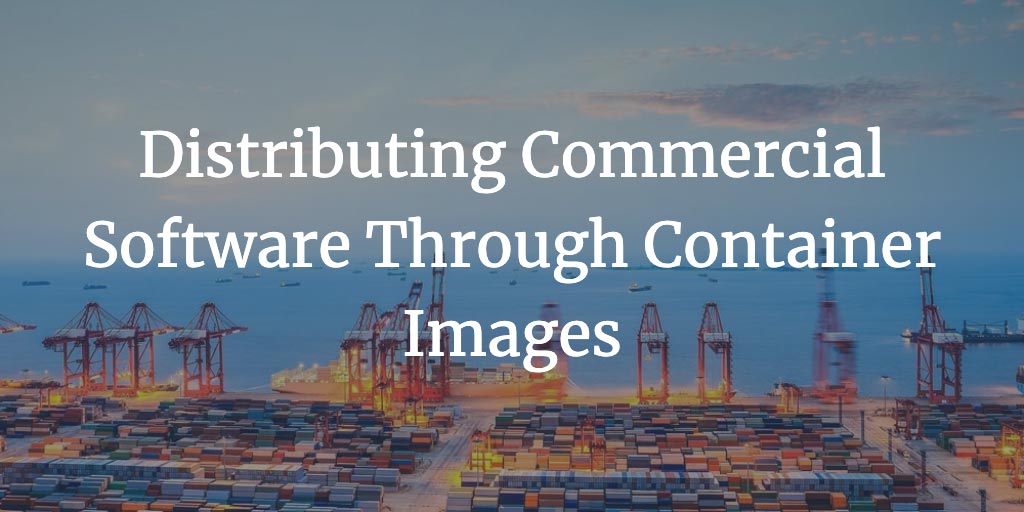
When delivering software to clients, many independent software vendors (ISVs) still rely on methods involving traditional software packaging methods such as downloadable binaries, ZIPs, or other type of compressed delivery. These distribution approaches are often OS specific. As a result, developers are forced to spend precious time on tailoring software delivery rather than innovation. Containerization is already simplifying software delivery for many of today’s mainstream products. Choosing the right container registry that meets ISVs requirements is crucial to satisfy vendors and meet client expectations.
… Read on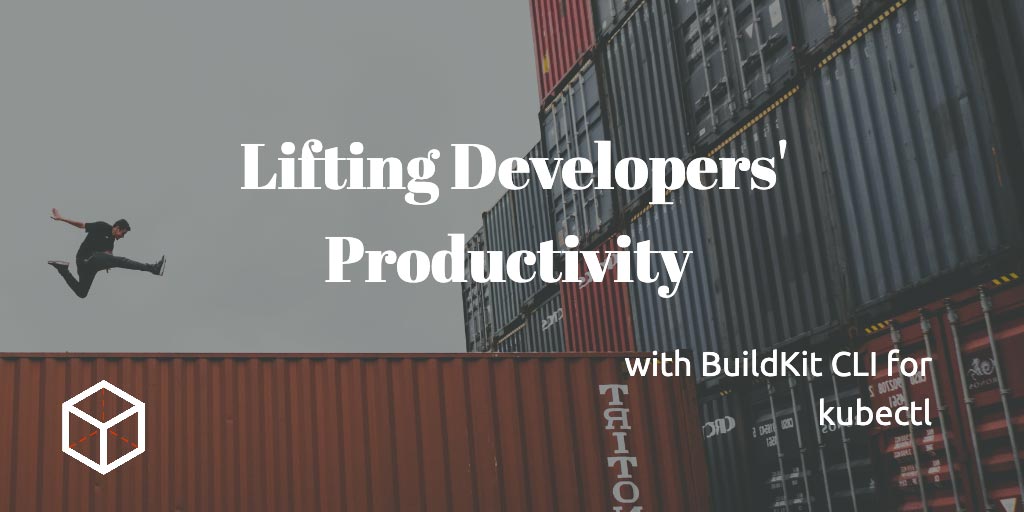
Developing and testing software on Kubernetes usually means building and moving container images from the developer workstation to a container registry, and ultimately, Kubernetes. When considering all the moving parts, the complexity and context switches break the development flow. Gone are the days where developers just hit a command and a few seconds later the newly built software is ready for testing.
What if there was some magical tool that you could simply feed instructions like: “Build this Dockerfile here and replace any existing image on that Kubernetes cluster with the results!” ASAP. Spoiler Alert! That is exactly what BuildKit CLI for kubectl is there to do.
… Read on